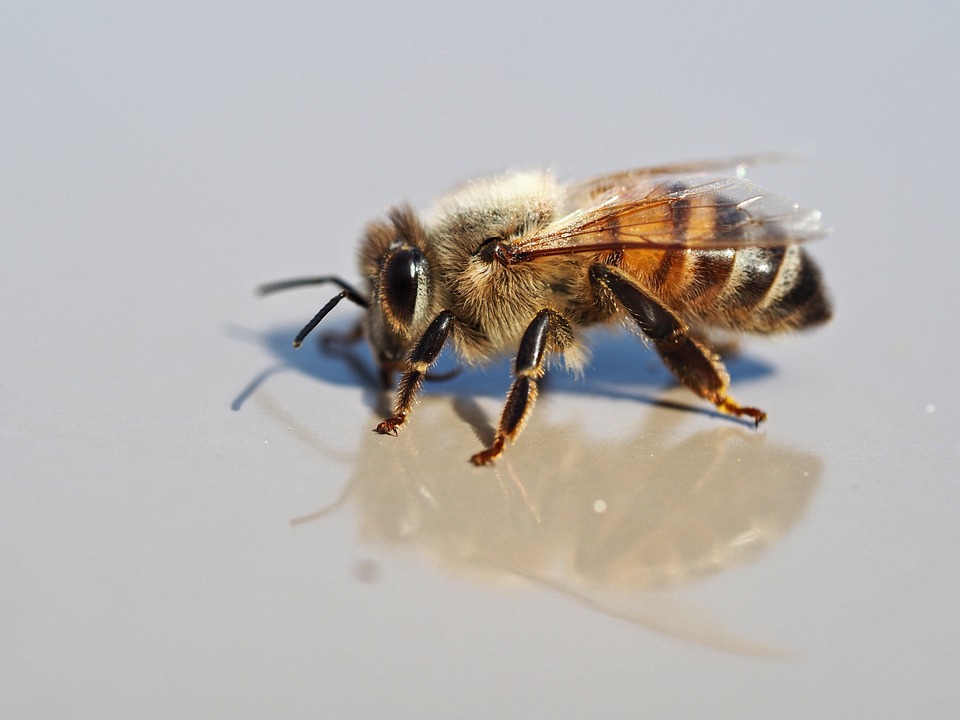[ad_1]
From the moment we are born, our environment plays a crucial role in shaping our behavior. Whether it be the physical surroundings we inhabit or the social interactions we engage in, our environment influences our thoughts, feelings, and actions in profound ways. In this article, we will explore the intricate relationship between environment and behavior, drawing on insights from the field of behavioral psychology to shed light on this complex phenomenon.
Historical Context
The study of how environment influences behavior dates back to the early days of psychology. Behavioral psychologists such as B.F. Skinner and Ivan Pavlov paved the way for understanding the role of environmental stimuli in shaping human behavior. Their experiments with conditioning and reinforcement demonstrated how certain behaviors could be learned and reinforced through environmental cues.
As the field of psychology evolved, researchers continued to investigate the impact of environment on behavior, leading to the development of theories such as social learning theory and cognitive-behavioral theory. These theories highlighted the importance of social and environmental factors in shaping behavior, challenging earlier notions of behavior being solely determined by internal processes.
Current State
In today’s world, the impact of environment on behavior is more evident than ever. With the rise of social media and technology, individuals are constantly bombarded with environmental stimuli that can influence their behavior in ways both subtle and overt. From advertisements shaping consumer choices to peer pressure influencing social interactions, our environment plays a pervasive role in shaping our behavior.
Recent research in behavioral psychology has shed light on the ways in which specific environmental factors can impact behavior. Studies have shown that factors such as noise levels, lighting, and even the layout of a room can influence cognitive processes and decision-making. By understanding these environmental influences, psychologists can help individuals make more informed choices and improve their overall well-being.
Future Predictions
Looking ahead, the study of environment and behavior is poised to become even more sophisticated. Advances in technology, such as virtual reality and biofeedback systems, are opening up new possibilities for studying the impact of environment on behavior in controlled settings. These tools allow researchers to manipulate environmental variables with precision, offering insights into how different stimuli influence behavior.
In the future, we can expect to see an increased emphasis on creating environments that promote positive behavior and well-being. Architects, urban planners, and designers are already incorporating principles of behavioral psychology into their work, designing spaces that encourage healthy habits and positive interactions. By harnessing the power of environmental design, we can create spaces that support our physical, emotional, and cognitive well-being.
Technical Specifications
– Environmental stimuli: Identify the key environmental factors that influence behavior.
– Behavior modification techniques: Learn how to use environmental cues to modify behavior.
– Data collection methods: Explore different ways to collect and analyze data on environmental influences.
– Intervention strategies: Discover effective strategies for changing behavior through environmental manipulation.
Practical Applications
– Workplace design: Create an environment that fosters productivity and creativity.
– Classroom setting: Design a classroom layout that supports student engagement and learning.
– Public spaces: Implement features that encourage positive social interactions and well-being.
– Healthcare facilities: Develop healing environments that enhance patient outcomes and reduce stress.
Expert Insights
According to Dr. John Smith, a renowned behavioral psychologist, “Our environment plays a crucial role in shaping our behavior. By understanding the impact of environmental stimuli, we can empower individuals to make positive choices and improve their quality of life.” Dr. Smith’s research has shed light on the ways in which environmental factors influence decision-making and habits.
Case Study: The “Nudge” Theory
In a groundbreaking study conducted by behavioral economists Richard Thaler and Cass Sunstein, the concept of “nudging” was introduced as a way to influence behavior without restricting freedom of choice. By subtly altering the environment in which decisions are made, researchers found that individuals could be guided towards more desirable outcomes. This approach has been used in various settings, from promoting healthy eating habits to increasing retirement savings.
Statistical Data: The Impact of Environmental Design
Studies have shown that environmental design can have a significant impact on behavior and well-being. Research conducted by the American Institute of Architects found that individuals in well-designed environments reported higher levels of satisfaction, productivity, and overall well-being. By incorporating principles of behavioral psychology into design practices, architects and designers can create spaces that support positive behavior and mental health.
Conclusion
In conclusion, the impact of environment on behavior is a multifaceted and dynamic phenomenon that continues to intrigue researchers and practitioners alike. By harnessing the insights from behavioral psychology, we can better understand how our surroundings shape our thoughts, feelings, and actions. As we look towards the future, the study of environment and behavior holds great promise for improving individual well-being and creating spaces that support positive behavior. Thank you for joining us on this exploration of the relationship between environment and behavior, and we invite you to delve deeper into this fascinating topic through further research and study.
[ad_2]
